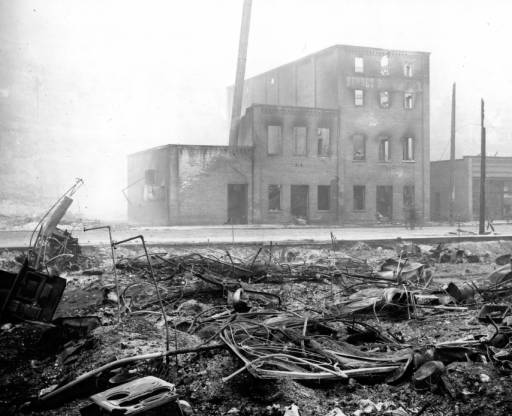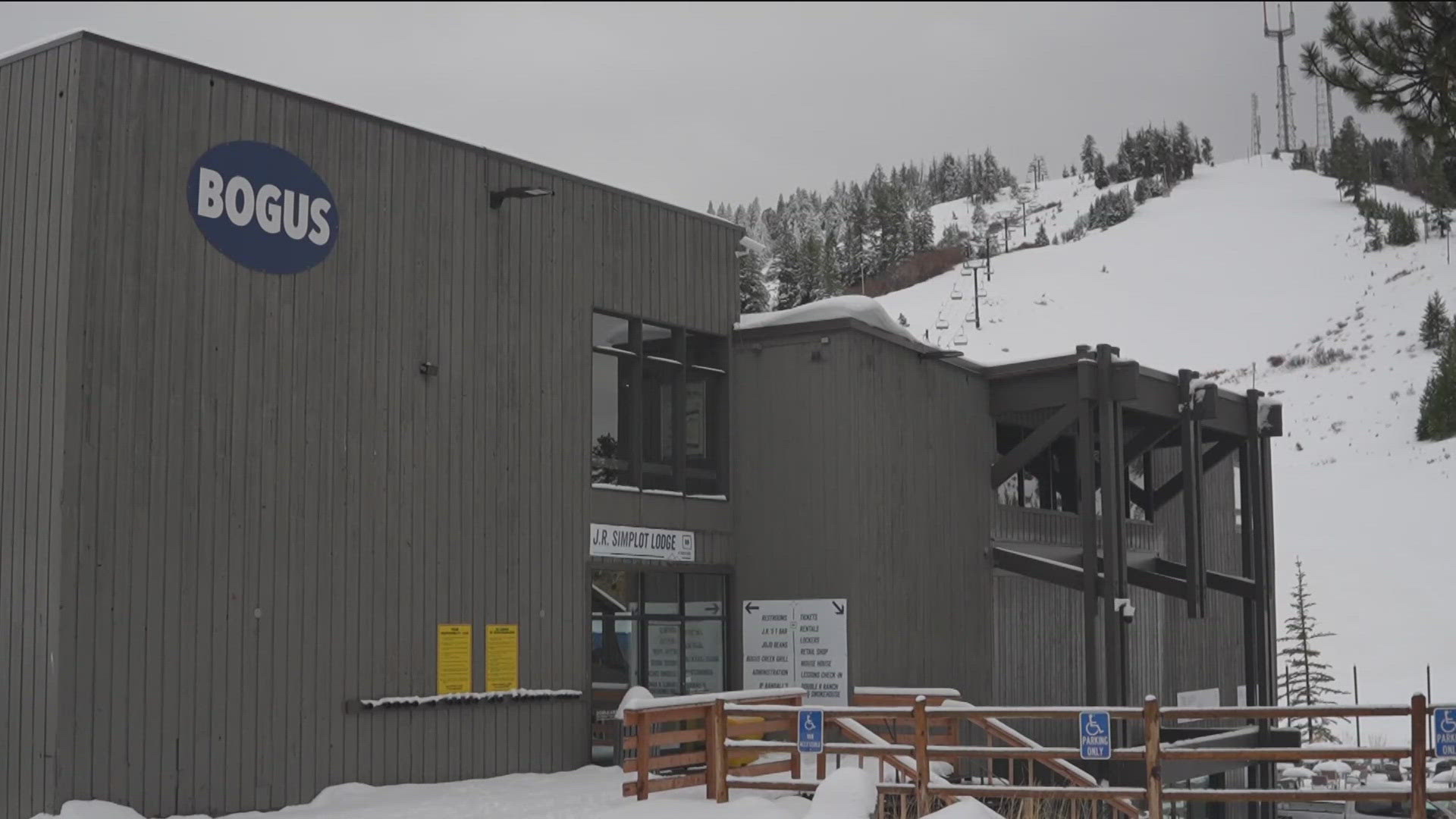BOISE - One of the worst natural disasters in 20th century American history happened here in Idaho. It was a wildfire called "The Big Blow-up" or "The Big Burn."
The fire charred millions of acres, killed dozens of people and damaged or destroyed several towns.
The year was 1910, but the legacy of "The Big Burn" stretches into today - a time when our wildfire seasons are becoming longer, more intense and more expensive.
"The Big Burn" started on Aug. 20, 1910, a date in the heart of a long, hot, extremely dry summer.
It laid waste to 3 million acres of forest. Countless trees were burned and/or blown down.
"If you put that lumber on train cars, it would stretch about 2,400 miles," said retired forester Darrel Kenops, who oversaw firefighting efforts during his 40 year career in the Forest Service and knows the history of 1910.
The elements united to form an unstoppable force.
"In some personal accounts they talked about a wind they called a Palouser that came out of the Palouse prairie and it whipped up winds to 60 miles an hour," said Kenops.
And stronger. The hurricane force winds whipped up hundreds of smaller fires into one massive fire from eastern Washington, all the way across northern Idaho and into Montana.
"Places where it looks like a great big black ball of fire rolling through the country," said Kenops.
One forest ranger trying to fight the monster fire wrote "many grown men in the crew were absolutely helpless and there were several who could only weep or moan, believing they were doomed."
Dozens were doomed. "The Big Burn" killed 85 people, including 78 firefighters, and injured many, many more.
"All they heard was the wind, the tremendous roar, the trees falling all around them. You know where do you go? What do you do?" said Kenops.
The fire swept toward Wallace, Idaho.
"People were running for their lives. Towns were being evacuated. Trainloads of people were going east and west out of Wallace, added Kenops."
A third of the town burned down. Other towns were destroyed. All that death and destruction happened in just two days.
In 1910 the Forest Service was only five years old. Kenops says the agency's future was "iffy" because of political battles. "The Big Burn" was a big reason it survived.
"This cemented the position of the Forest Service being the premier lead for firefighting and fire protection," said Kenops.
U.S. Forest Service spokesperson Jennifer Jones agrees.
"I think the 1910 fires, probably the longest lasting impact is that it really lead to the professionalization of wildland firefighting."
Jones says there is now a force of 15,000 federal firefighters, plus state and local crews.
And the opponent these fighters face isn't backing down.
"Our fire seasons are getting longer," said Jones. "They're about 70 days longer on average now than they were in the 1970s, 1980s."
We saw an example of that just this October with the late season Walker Fire that burned about 6,000 acres in Boise County.
Jones adds that we are having more frequent fires, they are getting larger and they are burning more intensely.
She says, in an average fire season, just over 6 million acres burn. This year that number is 9.3 million, so far. Just under 800,000 in Idaho alone. U.S. Forest Service Chief Tom Tidwell predicts the average fire season will be about 12 million acres by the middle of this century.
"This year for the first time with the Forest Service fire is over 50 percent of our agency budget," said Jones.
Jones says this year Congress allocated about $1 billion to the Forest Service to fight fires, but it has cost about 1.7 billion. That means the agency has had to transfer, or borrow, $700 million from non-fire suppression programs in its budget.
Those programs include prescribed burns and thinning of forests to reduce the chances of a major fire, as well as maintenance of recreation facilities and trails.
"Something that most Americans don't realize is that 1 percent of the forest fires account for about 30 percent of the cost of fighting forest fires," said Idaho Sen. Mike Crapo.
Sen. Crapo and Sen. Ron Wyden of Oregon have co-sponsored a bill to end so-called "fire borrowing" and create a disaster fund to pay for the 1 percent of fires that are catastrophic.
"It simply says let's deal with them as a natural disaster just like we deal with floods, hurricanes, tidal waves and the like," said Crapo.
The devastation of the 1910 "Big Burn" lead to the policy of putting out all fires as fast as possible. So fuels built up in the forests for decades.
The Forest Service's Jennifer Jones says the thinking started to change in the 70's in the direction of letting fire play its role in the environment.
"When we could, either by ignited prescribed fires or by managing some lightning-caused fires to achieve natural resource management objectives," said Jones.
As more and more people live in the mountains and woods, those we talked to believe collaborative efforts are becoming more and more important.
The Boise Forest Coalition is a diverse group that includes representatives from the Boise National Forest, timber interests, local governments, citizens and conservation groups, such as the Idaho Conservation League.
Among other forest issues, the coalition is looking at the best ways to reduce the risk of wildfire.
The ICL's Jonathan Oppenheimer says his organization advocates targeted thinning around homes, cautious burning and community planning.
"A lot of people want to have their place out in the woods away from it all where they can kind of escape and have a little haven, and that's great," said Oppenheimer. "But there's also responsibility that we all have living out there."
All these efforts could help reduce the risk of big fires.
With all of his years of experience, Darrel Kenops thinks we're headed in the right direction.
"We're making progress. We're making progress that way, I think."
We may never see a fire as big as "The Big Burn" again, but they all believe it will take a concerted effort to keep people and property safe and our forests healthy when future fires do spark.
It is also important to point out the differences in technology and resources today compared to 1910. Today, the firefighting forces have air tankers, helicopters, fire trucks, better tools, high-tech communication systems and, of course, the well-trained firefighters themselves.
Suggested reading: "The Big Burn" by Timothy Egan.


